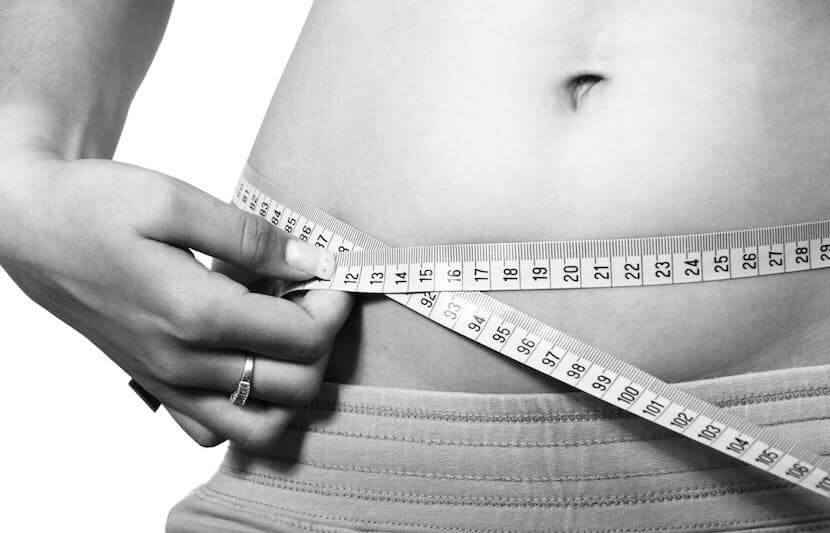Carboxytherapy, or carbon dioxide therapy, is a non-invasive treatment in which carbon dioxide is injected into the body. When injected into the body’s fat pockets, it is supposed to kill fat cells. But, does it reduce belly fat?
Researchers from Northwestern University set out to find the answer. They conducted the first randomized, controlled trial of carboxytherapy to assess its efficacy and benefits over a six-month period.
“In this age when people are increasingly conscious of the benefits of natural remedies, carboxytherapy may be like a new, nontoxic way to dissolve fat using a naturally occurring gas,” said Dr. Murad Alam, vice chair of dermatology at Northwestern University Feinberg School of Medicine, a Northwestern Medicine physician and lead author of the study.
Compared to other fat reduction treatments, such as high intensity ultrasound and laser assisted fat reduction, carboxytherapy suggests benefits of a natural remedy, such as safety, low cost and reduced downtime.
However, it is still in its early stage and, up until now, has not yet been tested in the U.S. So, while a few clinical studies suggest that carboxytherapy causes changes in the microcirculation and damages fat cells, no one fully understands how the treatment works.
“We wanted to understand carboxytherapy for noninvasive fat reduction could be shown to actually work in a well designed study,” said Alam.
The study is published in the Journal of the American Academy of Dermatology.
The study
The participants were 16 normal-weight adults with a body mass ranging from 22 to 29.
Like other non-invasive fat reduction methods, carboxytherapy is intended for people who are not overweight, but may have pockets of fat, such as those in the tummy and the love handles on the sides of the stomach, that are resistant to diet and exercise, Alam explained.
“We wanted to study people who would actually be likely to get carboxytherapy treatment once the technology is perfected,” he said.
Each week, at random, the participants would get weekly carbon dioxide gas injection to one side of their abdomen and a sham treatment on the other side once a week. This continued for 5 weeks.
Then, the researchers used a high-resolution ultrasound that detected reduction in superficial fat after five weeks but not at 28 weeks.
The participants’ body weight did not change over the course of the trial.
The findings
The researchers found that although the treatment caused a temporary metabolic process, the difference did not last for six months.
This suggests that the treatment reduced the size of fat cells but did not kill them.
Alam believes that the treatment could offer patients another non-invasive option for fat reduction if the benefits could be sustained, but further studies need to be done first. “Carboxytherapy is still the new kid on the block,” he said. “It has not been studied and perfected as much as some other therapies for noninvasive fat reduction. We probably need more research to modify it to make it even more effective and long-lasting.”



